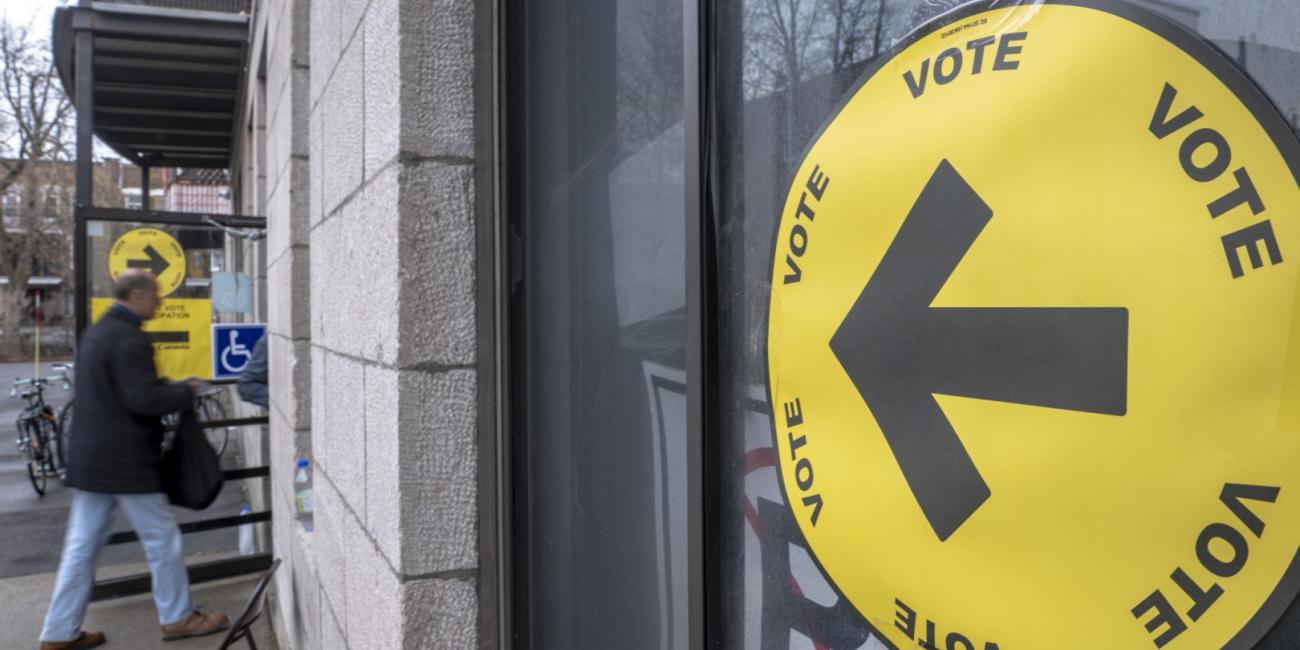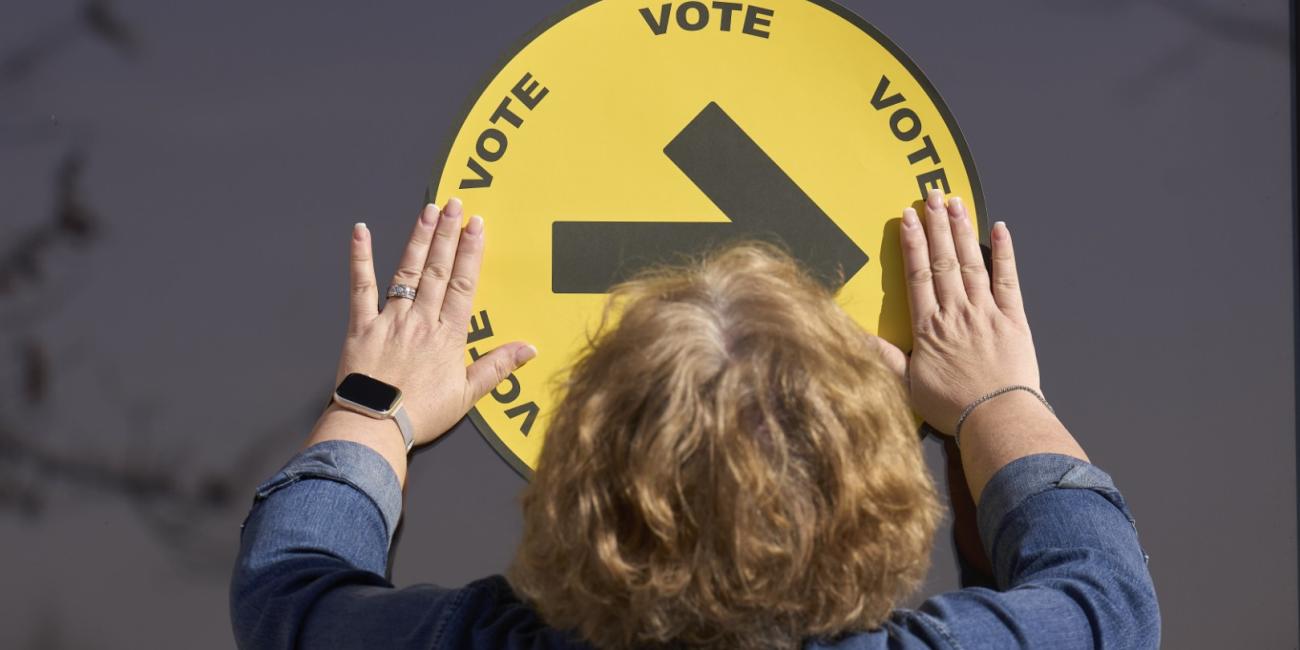
Census data does not prove fraud in Canada opposition leader's defeat
- Published on April 30, 2025 at 22:46
- 3 min read
- By Gwen Roley, AFP Canada
"Almost 100% voter turnout?!" says an April 29, 2025 post on Facebook, using the hashtags "#ElectionFraud" and "#StolenElection."
The post includes what appears to be a screenshot of census data recording the population for the Ottawa-area district of Carleton at 131,375 in 2021.
Estimating that the region's adult population should be about 80,000, the author then suggests that the reported 86,000 ballots cast in the riding during the 2025 federal election is suspicious.
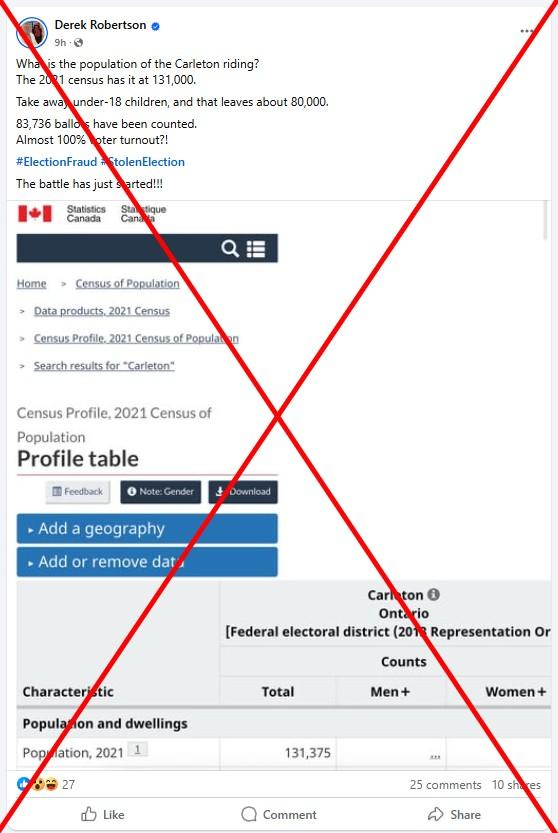
Similar posts highlighting the same screenshot spread across Facebook, as well as on X.
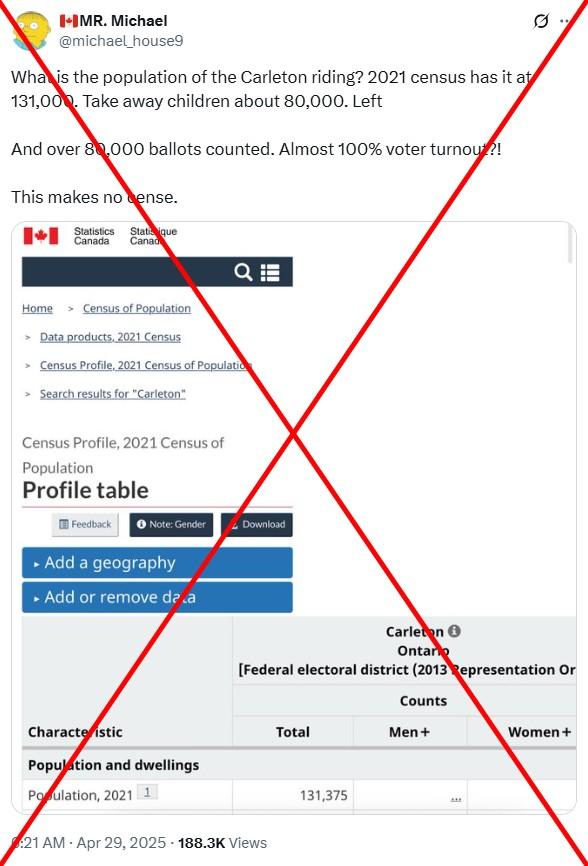
Polling at the end of 2024 had indicated that Poilievre's opposition Conservatives were on track to win control of Parliament, after the leader built a platform by criticizing unpopular former prime minister Justin Trudeau.
But the tide changed with Trudeau's January 2025 resignation and US President Donald Trump's trade war and repeated threats to Canada's sovereignty, precipitating a surge in public opinion for new Prime Minister Mark Carney, whose Liberal Party ultimately claimed a rare fourth mandate in the April 28 contest.
Despite his party's gains in parts of the country, Poilievre also lost his seat in Carleton to Liberal newcomer Bruce Fanjoy by more than 4,000 votes.
But the Conservative leader's defeat was not because fraudulent votes were cast. The population statistics shared across social media are inaccurate.
Faulty statistics
The ballot in Carleton drew national attention after an electoral reform protest campaign left voters choosing between 91 registered candidates.
The riding also reported the highest turnout of any district in the country during the record-breaking advance voting period (archived here).
The length of the ballot and massive turnout led Elections Canada to grant Carleton special permission to start counting advance votes six hours before polls closed (archived here).
As of April 30, Elections Canada reported that 81.57 percent of the district's registered electors had participated, with a preliminary total of 86,371 votes cast (archived here).
Contrary to the online claims that only 80,000 people were eligible to vote in the Carleton riding, however, Elections Canada reported there were 105,889 registered electors in the district out of a population of 124,416.
The image in the posts appears to be an authentic screenshot from a Statistics Canada summary webpage putting the census-reported population at 131,375 for the district of Carleton.
But this area does not have the same boundaries as the electoral riding of the same name (archived here, here and here).

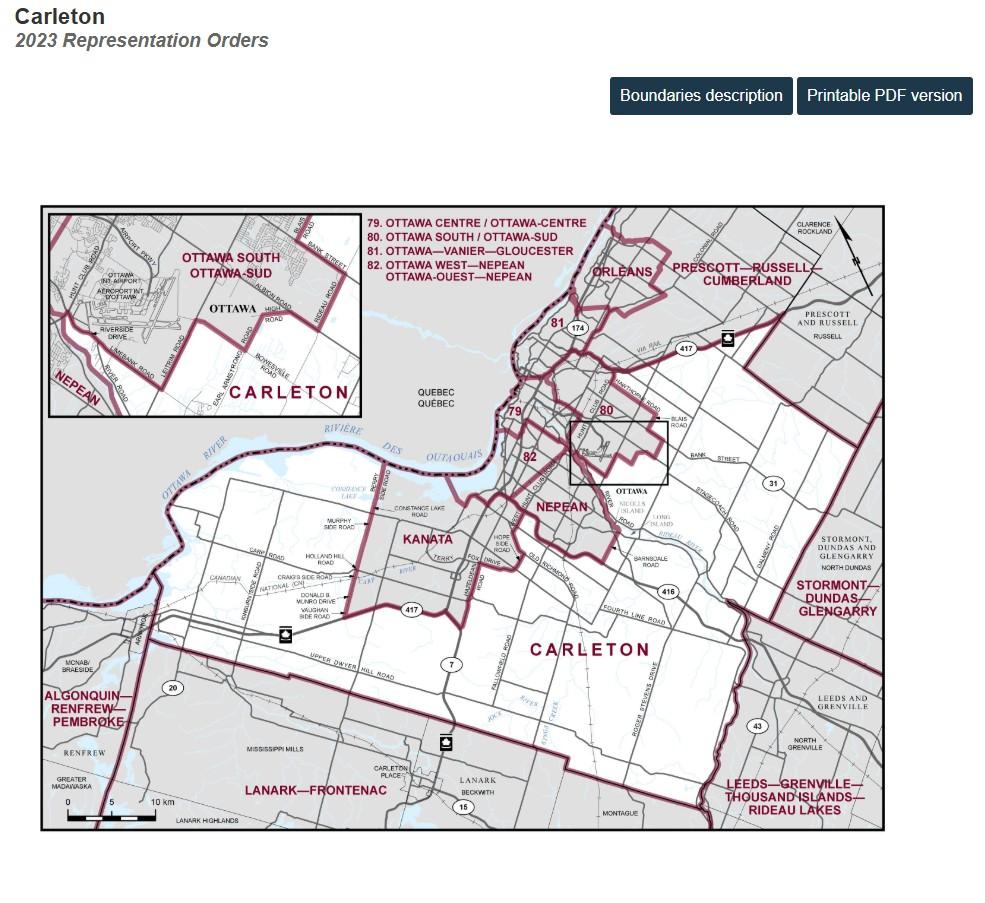
The Canadian census was last performed in 2021. Since then, Canada's federal ridings have been reassessed, as the country's constitution requires, and Carleton's borders have been redrawn to include different residential areas (archived here and here).
"There's nothing nefarious about it, it happens every 10 years," Statistics Canada spokesman Carter Mann said April 29.
Elections Canada told AFP April 16 that it maintains a list of eligible voters in the National Register of Electors that "enjoys a high degree of accuracy" because of updates with data from the Canada Revenue Agency, provincial and territorial election agencies and vital statistics bureaus (archived here).
The agency further clarified April 29 that a district's "official list of electors" is considered preliminary, as it does not include electors who register on election day.
Read more of AFP's reporting on misinformation around Canada's 2025 election here.
Copyright © AFP 2017-2025. Any commercial use of this content requires a subscription. Click here to find out more.
Is there content that you would like AFP to fact-check? Get in touch.
Contact us

